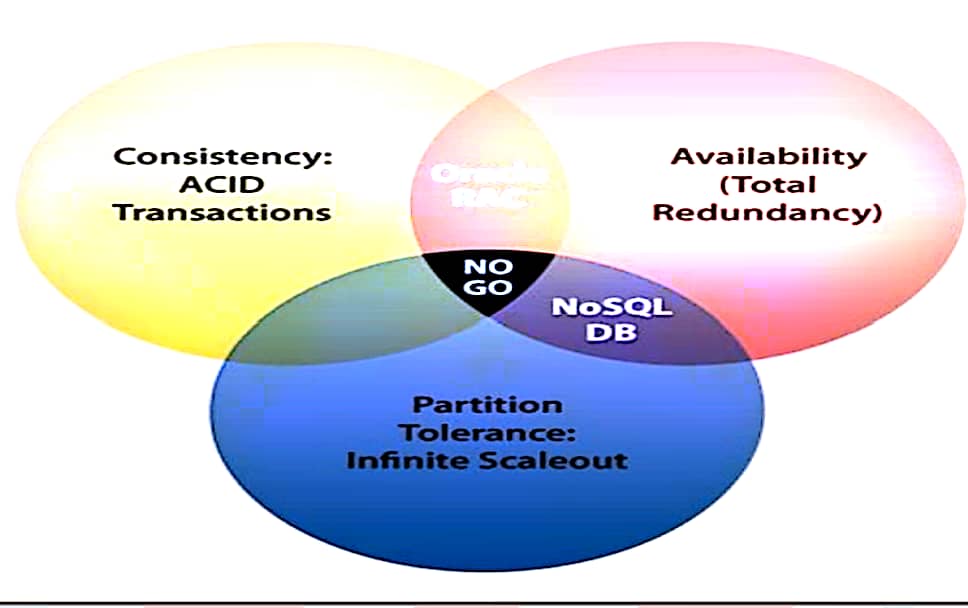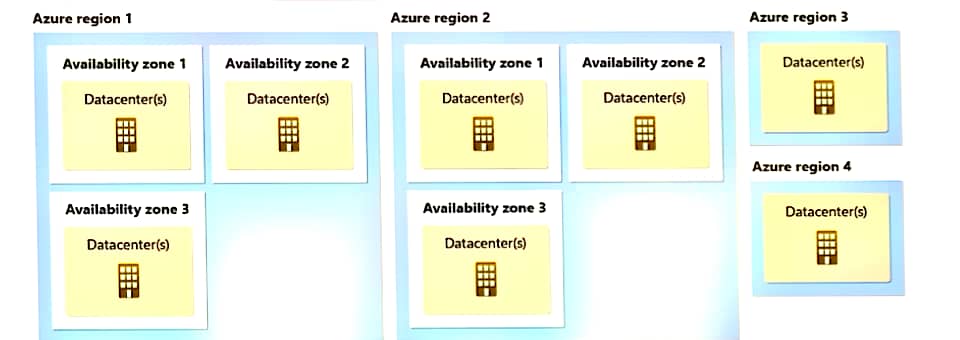.Consistency in NoSQL databases refers to the guarantee that all nodes (servers or replicas) in a distributed database system will have the same view of the data at a given point in time.

Consistency
Availability
Partition Tolerance
Consistency

Consistency in NoSQL databases refers to the guarantee that all nodes (servers or replicas) in a distributed database system will have the same view of the data at a given point in time.
In other words, when you read data from a NoSQL database with strong consistency, you can be sure that you will always see the most recent write, no matter which node you read from.
This is in contrast to databases with weaker consistency models, which may allow some degree of inconsistency between nodes, especially during network partitions or failures.
There are various consistency models in NoSQL databases, and they fall on a spectrum between strong consistency and eventual consistency. Let’s explore a few consistency models with examples:
Strong Consistency:
Strong consistency ensures that all reads and writes are seen by all nodes in the system in the same order. This means that once a write operation is acknowledged, all subsequent read operations will return the updated value.
Eventual Consistency:
Eventual consistency allows for temporary inconsistencies between nodes but guarantees that, given enough time and absence of further writes, all nodes will converge to the same state.
Causal Consistency:
Causal consistency ensures that if there is a causal relationship between two operations, all nodes will agree on that relationship. However, it may not guarantee a strict order of unrelated operations.
Read Your Writes (RYW) Consistency:
RYW consistency guarantees that if a client reads a value that it has previously written, it will always see its own writes.
Transactions
Transactions in NoSQL databases refer to a set of one or more database operations that are executed atomically, meaning they are either all completed or all rolled back in case of a failure or error.
While traditional relational databases have long supported ACID (Atomicity, Consistency, Isolation, Durability) transactions, many NoSQL databases provide various levels of transaction support based on their specific data models and use cases.

These transactions may not always provide full ACID guarantees due to the inherent trade-offs in distributed, highly available systems.
Here’s an example to illustrate how transactions work in a NoSQL database:
Let’s consider a simplified document-oriented NoSQL database like MongoDB, which provides support for transactions.
Suppose you’re developing an e-commerce platform where you have two collections: one for customer profiles and another for orders.
Step 1: Starting a Transaction
You want to ensure that when a new order is placed, it is associated with an existing customer’s profile, and both the order and the customer’s loyalty points are updated atomically. You start a transaction.
Step 2: Transaction Operations In the transaction, you perform the following operations:
Operation 1: Insert a new order document into the “orders” collection, including the products, order total, and shipping information.
Operation 2: Update the customer’s total purchase amount in their profile, which affects their loyalty points.
Step 3: Committing the Transaction
If both operations succeed without errors, you commit the transaction. This means that the changes made in the transaction become permanent and visible to other clients and applications.
Step 4: Ensuring Data Consistency
With transactions, you can be sure that the order is only created if the customer’s profile is successfully updated. This guarantees data consistency, even in a distributed NoSQL database.
Availability
• Availability means that every request made to the database, even during failures, should receive a response (either a successful response or an error) without long delays.
• NoSQL databases designed for high availability are built to continue serving read and write requests, even when some of their nodes or servers are unavailable or experiencing issues.
This typically involves replication, failover mechanisms, and the ability to distribute data across multiple nodes.

• To maintain availability, some NoSQL databases may temporarily sacrifice strong consistency (immediate agreement on the most recent data) in favor of providing a timely response.
Example: Availability Trade-Off in a Distributed Key-Value Store
Consider a distributed key-value store where you want to retrieve a value associated with a particular key.
To maintain high availability, the database may employ replication, spreading the data across multiple nodes. In this scenario:
Read Scenario
Read Scenario: If a client wants to read the value of a key, the database system can return the most recent value from any available node. If one of the nodes is down or slow to respond, the system can still provide the value from other available nodes, ensuring high availability.
Write Scenario
Write Scenario: When a client wants to update a key with a new value, the system can respond to the write request as soon as it is locally acknowledged, without waiting for all replicas to be updated. This ensures low write latency and high availability. However, it might result in temporary data inco
